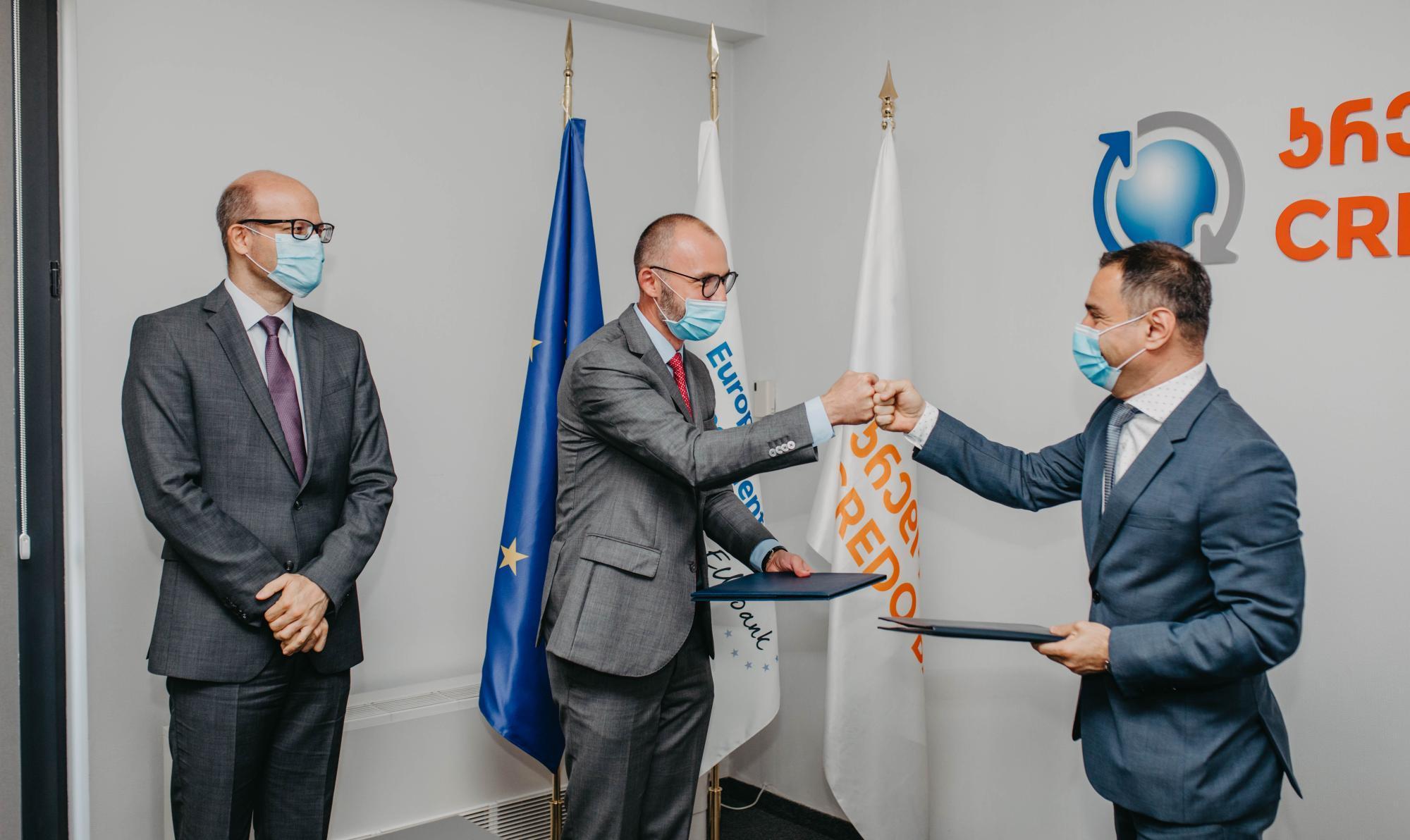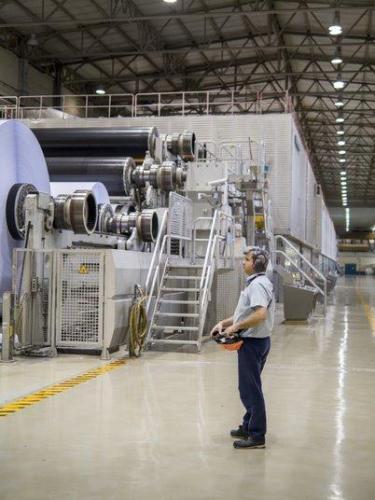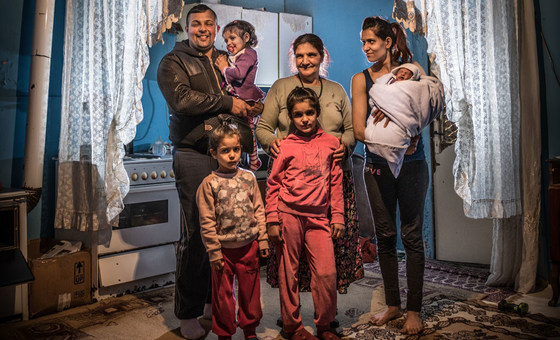Team Europe: The EIB`s lends EUR 10 million to Credo Bank under its Georgia Outreach Initiative to support MSMEs
The EIB will lend EUR 10 million in synthetic local currency to Credo Bank, the leading actor on microfinance market in Georgia predominantly servicing enterprises in rural areas and agricultural sector;
This is the second loan under the EIBs Georgia Outreach Initiative launched to improve access to finance for the countrys MSMEs.
Loans will be available under flexible terms to help maintain liquidity of MSMEs to continue operating and preserve jobs;
The loan comes as a part of the immediate response to Covid-19 pandemic launched by the EU and its Team Europe and is facilitated by an EU grant.
The European Investment Bank will lend EUR 10 million to Credo Bank, the leading actor on microfinance market in Georgia, and provide more affordable loans to countrys micro, small and medium enterprises (MSME), predominantly from the agriculture sector. This is the second loan granted under the EIBs Georgia Outreach Initiative. Launched in December 2019 the Initiative improves financial inclusion and access to finance for underserved MSMEs in Georgia by supporting smaller banks in the country to improve their service offers.
The loan from the EU bank will be available to MSMEs in synthetic local currency to shield them from risks related to the depreciation of the currency. A grant from the European Union will complement the EIB loan to promote the local currency financing and cover part of the foreign exchange risk related costs.
The EIB loan will support MSMEs to overcome problems induced by the Covid-19 pandemic by supporting MSMEs with much-needed working capital and additional liquidity by creating additional sources of finances, available under flexible terms, to preserve jobs and vital agricultural production in the country.
The investment is a part of the European Union`s Team Europe immediate response to Covid-19 pandemic, launched in over 100 partner countries around the world, to which the EIB alone pledged EUR 6.3 billion.
Lilyana Pavlova, Vice President of the EIB, responsible for the bank’s activities in Georgia said: “With this loan the European Investment Bank and Team Europe are delivering on their pledge to support Georgia overcome the challenges brought by Covid-19 pandemic. Through our partnership with Credo Bank we will provide liquidity in local currency in order to keep businesses running during the crisis, and support their early and speedy recovery, thus, contributing towards a more resilient economy and strengthening the national financial sector. This will all be crucial for any future sustainable development of Georgia.”
Carl Hartzell, the EU Ambassador to Georgia, said: Improving living conditions in rural areas is an important priority of EU-Georgia cooperation. This loan will have a strong focus on the local agricultural sector, which is key from a local food production and employment perspective.
Zaza Pirtshkhelava CEO of Credo Bank said: I would like to sincerely thank the European Investment Bank for years of successful cooperation to improve financial inclusion in Georgia, for standing by the bank and its customers during the most volatile times and the European Union for the complementary grant to the transaction. This long-term local currency finance will be directed to assist farmers survive current constraints induced by Covid-19 pandemic and will highly contribute to uninterrupted agriculture production and food security in the country.













